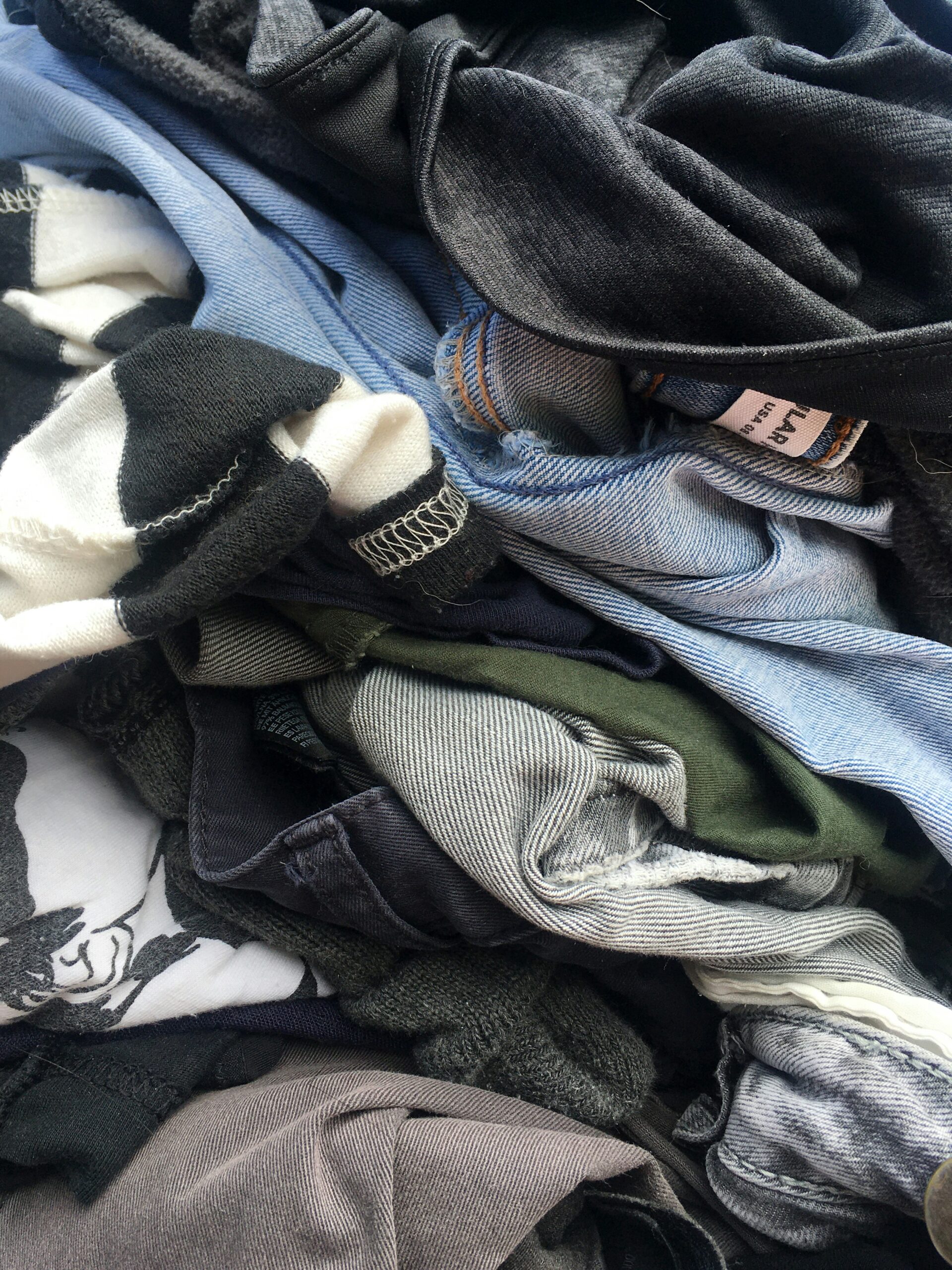Should we buy clothing made of plastic?
When thinking about the future of this clothing business with sustainability being one of the central themes of the brand, one of the things that comes into question is whether plastic should be used.
Polyester, nylon and other plastic-based textiles and blends are now commonly used materials that have shaped the landscape of apparel.
There is no doubt that fast fashion has led to the issues of pollution with materials that are difficult to dispose of.
Unfortunately, like with all things in media at the moment, this issue is riddled with politics and power dynamics and I’ve grown some confusion over whether environmentalists actually love the environment or just hate large organisations holding so much power, and whether corporations are genuine in their pledges towards sustainability or it’s mere virtue signalling to appeal to the current market.
So it’s hard to find good information to base solid conclusions.
But, having spent some time looking into it, with the intention to be further educated in the future, I aim to express some of my thoughts from what I’ve found and convey the philosophy of how we navigate this issue with Canonical Clothing.
Considering Christian Values
Firstly, being a follower of Jesus means that we seek the good for people and thus, good for the world. God’s mandate for us to fill the earth and subdue it means that His intention for humanity was to foster, sustain, nurture and create from it.
Since I am aware that entrepreneurial pursuits can run people down a spiral of being money-hungry with no care for the materials they consume, I will always seek to create and build in a way that is not only profitable but also one that does good for humanity sustainably.
Ultimately, the line I draw here is not to please people but to please God whilst also being accountable to customers and to those who are reasonable voices in the area of sustainability.
So with that, I will cover Considering Apparel End-of-Life, Consumer Responsibility, The Original R’s of Sustainability, Textile Functionality, and Microplastics.
Considering Apparel End-of-Life
“Buy Now”- a thought-provoking documentary on Netflix talks about the consequences of fast fashion and its pollution contribution.
Though there is a case that business is about profitability and thus meeting consumer demand (which in turn drives sales of unsustainable fashion), I do think that businesses do hold a responsibility to deliver and provide products sustainably.
One of the ways to address this is to consider the product’s end-of-life.
There are fashion organisations that have genuinely adopted this as a part of their organisational DNA such as Orba Shoes, Oat Shoes, Blueview Footwear and Kowtow.
For plant-based textiles like cotton and linen, end-of-life is easy as they are highly decomposable.
Whereas plastic-based textiles have a more challenging pathway to end-of-life sustainability.
Here are two of the solutions for textile end-of-life right now:
- Textile recycling facilities take donations of disposed clothing and process them to turn them into an array of products, one of the most common being fabric sheets that have multiple applications like insulation and furniture construction. ImpacTex and Textile Products are local providers of these services.
- Research continues to go into breaking down plastic textiles so that the textile components can be… Check out this video from the Straits Times to find out more
The Consumer’s Responsibility
Let’s be honest, we’re more likely to buy something that is made from some recycled or organic material because we immediately perceive it’s better for the planet in some way without asking any more questions.
Perhaps it further justifies the purchase that takes you to the checkout faster.
Some of us are more simple, we don’t really care or give a lot of thought about the impact of our buying decisions.
Just as much as organisations have the responsibility to deliver and provide sustainably, we need to consume sustainably too. We are where the demand comes from.
One of the things I love about the current generation of young people is their elevated interest in pre-loved and reused clothing.
And maybe that’s the mindset we need to continue to adopt even when it comes to the clothing we buy; new or used.
Some of the more expensive or valuable items we own, such as jewellery, musical instruments, and electronic devices, don’t get disposed of as easily, do they?
For the most part, the value people associate their items with comes from how much they’ve paid for them. And therefore, there is a huge correlation between one’s willingness to dispose of an item and that item’s price.
I genuinely say this as an idea as I don’t know how you would come up with systems to address this; but if one were to treat all items they brought as though it was the console you always wanted gifted by your parents, the funny rock you found at the beach a long time ago, or a short letter from someone’s boyfriend or girlfriend, people would be keeping their stuff for a long time.
The Original R’s of Sustainability.
Depending on where you look, the R’s of Sustainability have increased, ranging in the ballpark of 6 to 10.
For the sake of simplicity, the age-old framework of Reduce, Reuse, and Recycle can be very helpful when considering future purchases.
In our case as a business, we are asking ourselves:
- Can we reduce the use of plastics?
- Can we reuse plastic material that is out there?
- Can the clothes be recycled at the end of their life?
Textile Functionality
Cotton is probably the most versatile textile in the fashion industry. It can be constructed durably, it’s very comfortable and has aesthetic potential.
If fashion brands could build their businesses mostly on plant-based textiles like cotton or linen, that would be amazing.
One of the things that I personally find hard to wrestle with is the usefulness of plastic-based textiles on clothes.
Especially when considering sportswear, polyester and nylon-based clothing is far more functional and comfortable than cotton-based clothing which will leave you drenched in sweat.
Even with casual wear, a poly-cotton mix on the right top just leaves you much cooler on a hot summer day.
Additionally, polyester and nylon-based apparel can last a very long time if they are well constructed.
So if the correct systems are in place, where polyester and nylon have a harder time with decomposition, it can excel in reusability and being recyclable. This means that plastic clothing can still be sustainable to some degree.
What does this mean for Canonical?
In light of what I’ve learned so far, this means a few things:
- Our collection will start off by using 100% cotton pieces. It’s comfortable, thick and thin to the degree you want, and easily decomposable.
- We will seek to produce meaningful designs and durable pieces that Christians will find valuable so that they can be kept for as long as possible.
- For now, we remain open to the use of plastic textiles given their high level of functionality and durability and will look to use recycled material as much as possible. However, we will continue to be cautious about what research presents.
What could it mean for you?
- Consider what you wear and buy. Do you look at the blends of the clothing before you buy?
- Use your clothes to last longer. How long do you use your pieces before you stop wearing them?

